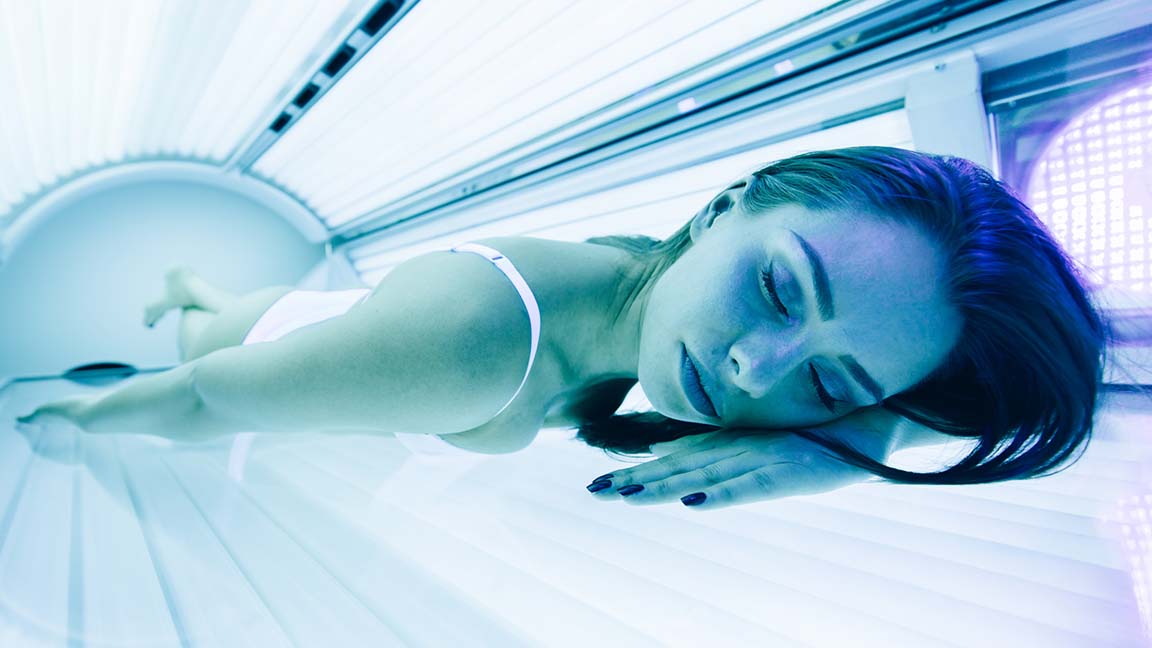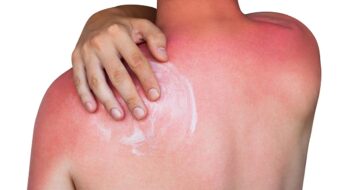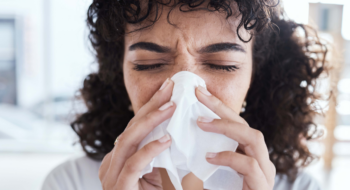Tanning salons often offer themselves as the place to get an “island glow” or a “bronze body.” What they don’t often advertise is that the long-term cost of tanning can be much higher than the price you pay when you walk through the door.
That’s because tanning beds expose your body to intense amounts of ultraviolet rays – far more intense than you would normally be exposed to from the sun. Prolonged exposure increases your risk of skin cancer and premature skin aging. It can also depress your immune system and even damage your eyes.
“Sun damage to your skin is cumulative, so the more exposure you receive over the course of your life, the greater your risk for skin cancer,” says Tidelands Health family medicine physician Dr. William Jackson Epperson, who specializes in skin lesions and skin cancer. “The younger you start, the more you tan and the longer you continue, the greater your risk.”
Significant risk
Studies show people who start using tanning beds before age 35 increase their risk of skin cancer by 75 percent, according to The Skin Cancer Foundation. Young women, who are the most frequent users of tanning beds, are the most at risk of health problems from tanning.
Both types of ultraviolet rays – UVA and UVB — can damage your skin and can lead to major health problems down the road. A tan is actually your body’s way of protecting itself from the damaging UV rays by producing melanin to block them.
Exposure to UV radiation can lead to all three types of skin cancer: basal cell, squamous, and melanoma. Tanning bed users are 1.5 times more likely than non-users to develop basal cell cancers and 2.5 times more likely than non-users to develop squamous cell cancers. Melanoma is now the most common form of skin cancer for white women in their late teens and 20s, according to the National Cancer Institute.
The American Cancer Society expects nearly 100,000 Americans to be diagnosed with melanoma this year. More than 7,500 Americans will die from the condition – the deadliest form of skin cancer.
Enjoying this story? It’s free to republish. Learn more.
It’s wise to avoid tanning as much a possible and to avoid tanning beds entirely, experts say. Instead of intentionally trying to tan, it’s vitally important to limit your exposure to UV rays regularly wearing sunscreen while outdoors and avoiding tanning beds entirely.
While the sun also exposes you to harmful UV rays, the intensity varies by time of day, season and cloud cover. Tanning beds, on the other hand, dial your UV exposure to multiples of what you might receive while outside.
“The threat tanning beds pose to your health is very real,” Dr. Epperson says. “Some people may dismiss the risk because it’s not immediate, but it’s not that much different from smoking tobacco. You may not notice the damage in the short term, but the cost to your long-term health is very real.”





